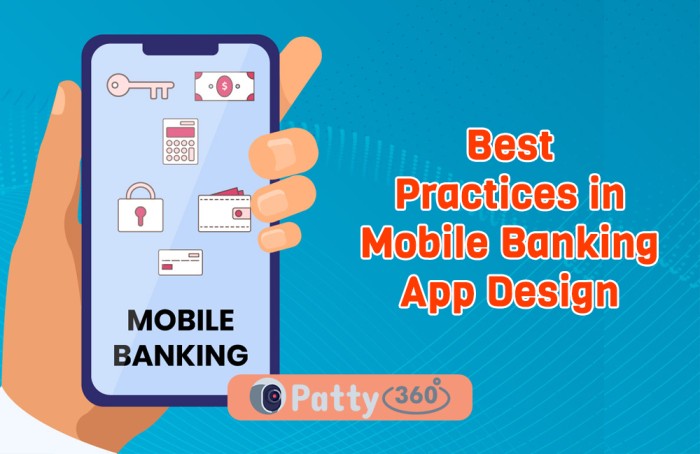Apps
Designing for Success: Exploring the Best Practices in Mobile Banking App Design

Some of the greatest mobile banking UI designs have a big effect on the success of neobanks, too. They are sometimes simple to use, but other times, they are far too difficult. UI/UX is about more than just locating items on the screen. It is also about saving you time and ensuring that you understand everything from the start of the encounter. This article discusses how to create the best mobile banking app design and the top trends in banking app UX/UI.
The Importance of UI/UX Design for Banking Apps
Banking UI/UX design differs from that of other businesses. Fintech solutions must be more secure and speedier than traditional apps. The new banking platform’s UX design involves dealing with consumer money.
So, although the interface of the financial application provides a useful experience for your client, the account should save customers time and money by using cutting-edge digital development technology. Technology, on the other hand, must combine usability, usefulness, and user-friendliness.
Why is design UI crucial in mobile banking? There are numerous factors in building mobile banking applications:
- The product must be scalable and able to endure severe server loads.
- The product should be helpful and instructive to the broadest possible variety of consumers – of varied ages, levels of mobile device knowledge, and so on.
- The product should be as interactive as possible, with material that is dynamically updated.
- The product must be available in several languages.
- The product must be trustworthy.
- The product must be capable of receiving client input.
- The product must be accessible to individuals with impairments.
Main Principles of Mobile Banking App Development
In truth, numerous fundamental design concepts apply to all mainstream applications:
- Provide clear alternatives. You must avoid designing complicated interfaces that may confuse people.
- Select tried-and-true techniques for delivering the information. When producing items for the broadest possible target audience, you should avoid being overly imaginative. Instead, it is preferable to use tried-and-true interface components.
- Make greater use of images and fewer words. Users dislike reading vast amounts of material; do not compel them to do so.
- Keep the number of functional pieces to a minimum. There must be more than 5-7 components in one functional block; otherwise, the user would be unable to retain knowledge in their short-term memory.
- Information should be sent in groups. It is preferable to divide information on the screen into logical sections so that the viewer can see it more easily.
- Do not conceal the most vital elements. All of the critical interface components must be visible and adequately emphasized.
- Follow the three-click rule. Moving from one part to another should take no more than three clicks. The same guideline applies to the start screen: any significant information should be accessible in three clicks or less.
- Disperse identical control items as little as possible. Settings and controls should not be concealed in distinct sections but rather handled from a single location, if possible.
How to Create a Proper Design for a Banking Application?
Now is the time to begin designing the user interface for your banking system. This work can be broken down into the ten basic steps listed below.
- Define the target audience
Because banking solutions serve a wide range of consumers, there will be several pictures of possible customers: students, housewives, business owners, salary employees, retirees, and so on.
- Create feedback scripts
At this point, you should create scenarios that might compel your potential consumers to contact customer service and identify the most plausible responses to their demands.
- Form user flows
Now, attempt to define all of the stages that lead to the achievement of user goals.
- Optimize all the user flows
The fewer steps required to accomplish the goal, the better.
- Group the topical functionalities
If your product’s capabilities are overly broad, it makes sense to divide them into many groups.
- Use modern UX trends
This will boost your service’s credibility in the eyes of your target audience. Some of these patterns will be discussed more below.
- Create layouts
Layouts help you analyze how successful the visual and practical presentation of your app’s functionality will be. If something goes wrong, you can make changes quickly.
- Conduct A/B testing
Remember to test your modifications on your focus group as you make them. These “improvements” can sometimes make the UI design more confusing.
To Sum Up
Customers used to pick their bank based on branch location and ATM accessibility. As we can see, creating UX banking apps is a difficult process. We advise against acting at random and instead seeking expert assistance right away. In this situation, you will have total trust that the project will fully satisfy the expectations and demands of users, therefore increasing your credibility in their eyes.






